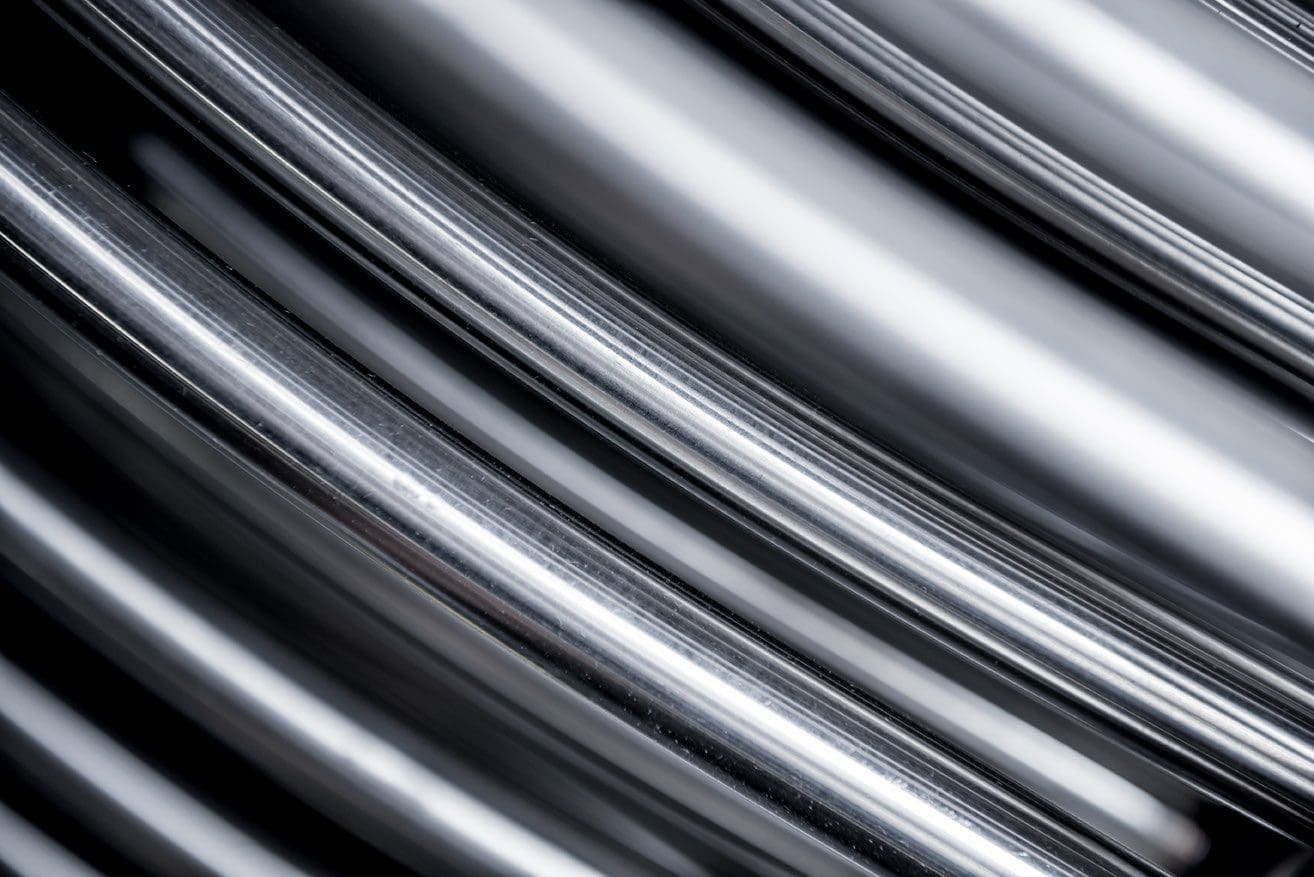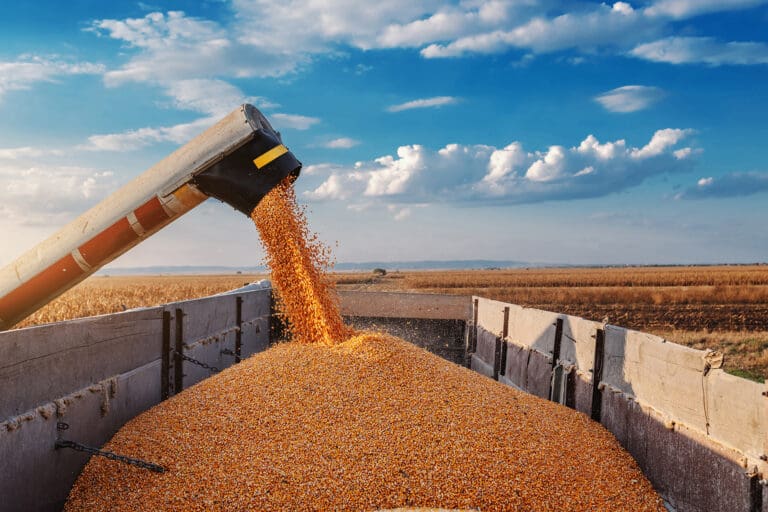Glass market sources remain unconcerned about natural gas price increases
Participants in the container glass market have been closely monitoring natural gas prices in recent weeks, following heightened fears about supply and the potential knock-on effect for glass production, which relies heavily on gas.
In recent weeks, attention has been focused on military action by Ukraine in the Kursk region, in an apparent offensive against Russian forces. As previously reported by Expana, Ukrainian troops seized a gas metering station in the Russian town of Sudzha. A strategically important area for Russian gas flow into Europe, the military action around Sudzha concerned market players because of fears about supply shortages. However, market sources noted that European traders had already moved away from using gas stored in Ukraine this year, so participants do not believe the market will be impacted fundamentally to any great degree.
Despite the general belief of market sources that there will be little fundamental impact, gas prices in Europe have risen in recent weeks, partly due to concerns about Ukrainian military action and due to general geopolitical uncertainty. For reference, natural gas TTF NL was €39.65/MWh, up 23.1% month-on-month (m-o-m), representing a 9.2% year-on-year (y-o-y) increase. While market players in the glass markets expect a short-term cost rise, some sources reported to Expana that they do not consider the military action to have any longer-term consequences for the gas supply.
Expana will provide further updates as more information becomes available.
Steel and aluminum for packaging are experiencing a price downturn
In July, there was seasonally weak demand for steel and aluminum in the EU and US markets, which contributed to the downward trend in metal prices. China, which in H1 2024 was increasing its consumption of metals, seems to have entered a phase of weakening consumption. Thus, poor demand for metals in China strengthened the downward trend in steel and aluminum prices in July.
The LME aluminum 3-month price fell by 5% m-o-m to $2,417/mt in July. Prices showed an upward correction in the first half of August, but market sources doubted whether the downtrend would be reversed and adopted a ‘wait-and-see’ attitude, in anticipation of lower prices. Nevertheless, aluminum inventories at the LME declined in July and continued to decline in August.
After a 4% y-o-y decline Fin 2023, EU beer production is growing this year, according to market sources, supporting a recovery in demand for aluminum cans. At the same time, demand for aluminum foil in the EU remains weak. US beer production fell by 2% y-o-y for the first 5 months of 2024. The decline in aluminum foil consumption in the US market is well illustrated by the 15% y-o-y decline in imports in H1 2024.
The CME’s US steel hot-rolled coil (HRC) 3-month price decreased by 2% m-o-m to $839/mt in July. Demand in the market is seasonally weak and market sources do not expect the situation to improve in August. EU HRC price decreased by 0.8% m-o-m in July to €625/mt. Producers have attempted to raise prices, but consumers are not ready for higher prices. The main factor driving prices down is the steady decline in Chinese and Asian steel prices. Weak domestic demand is leading Chinese suppliers to focus on exports, and the expected reduction in domestic steel production is reflected in lower raw material prices. As a result, market players in the EU and the US expect increased pressure from low-cost imported steel and a reduction in production costs, weighing on price expectations.
Want to dig into further insights? Discover more on our insights page.



